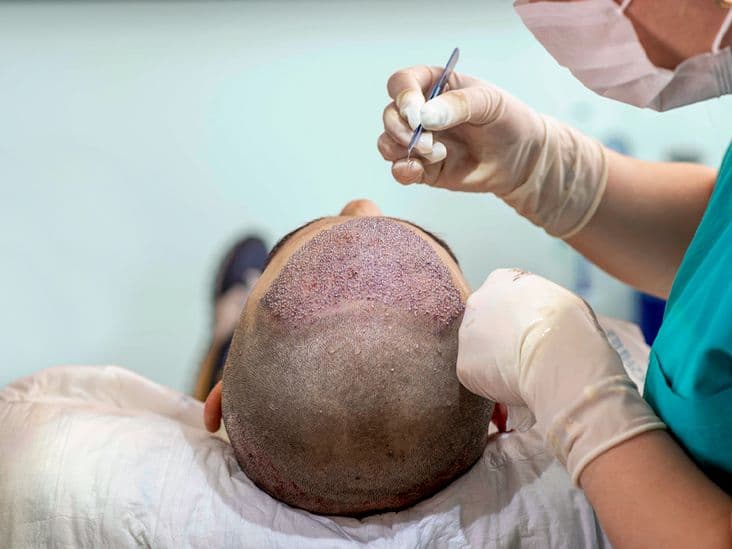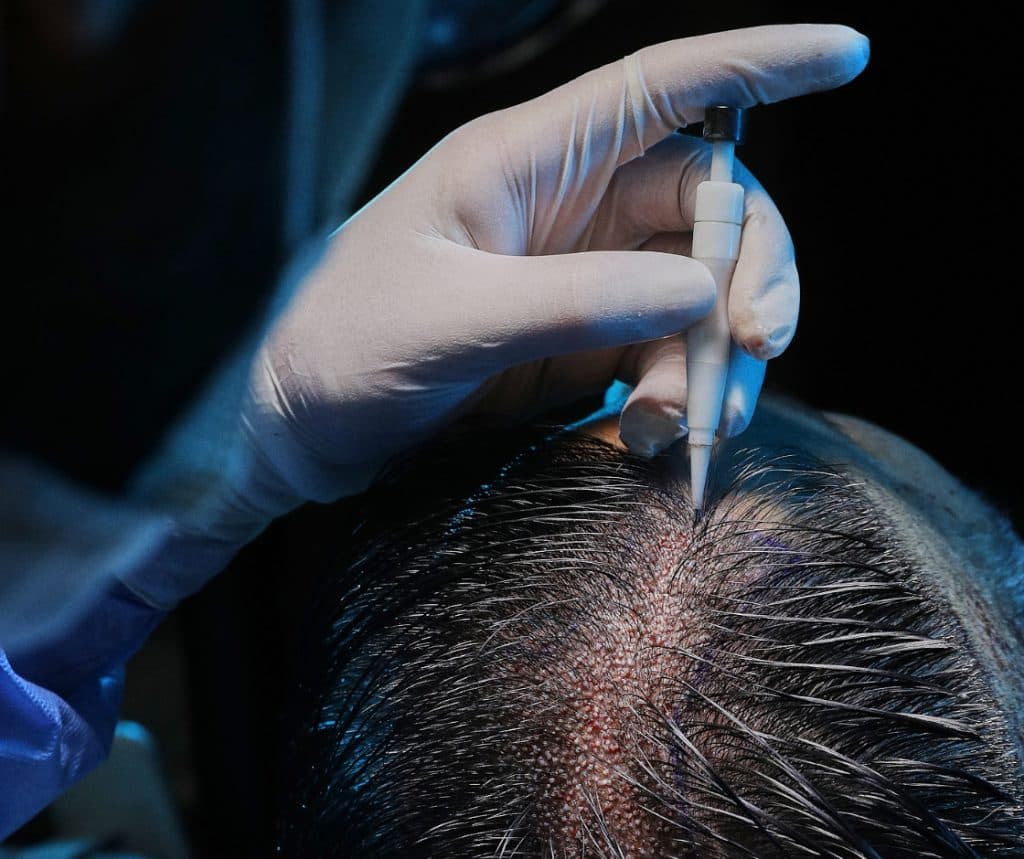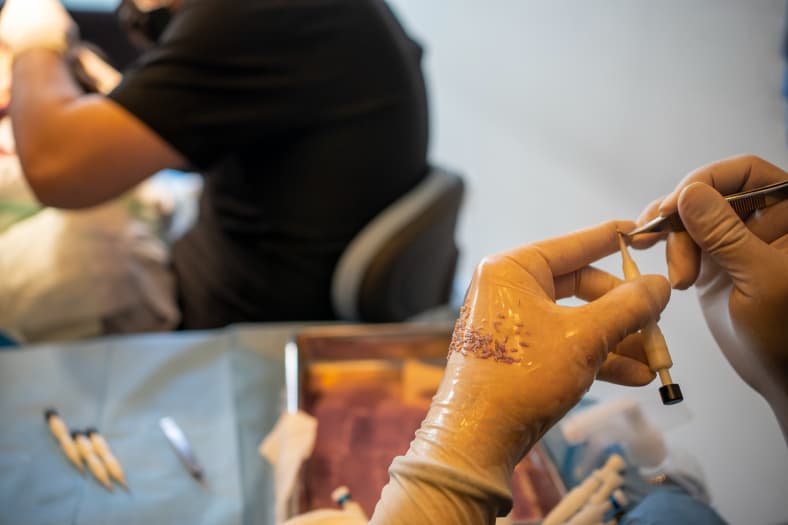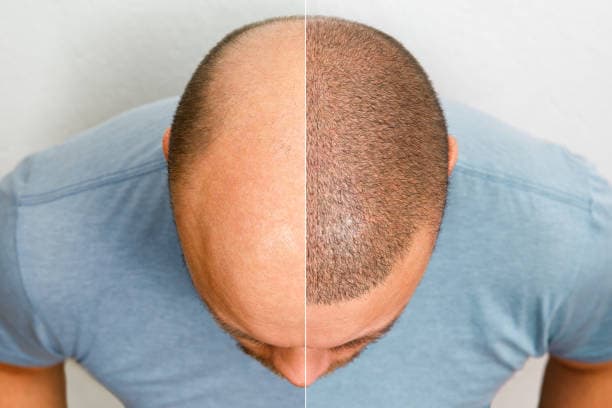DHI vs FUE Hair Transplant
Direct Hair Implantation (DHI) and Follicular Unit Extraction (FUE) are two popular hair transplant techniques, each with its unique advantages. DHI involves using a specialized tool called a Choi pen to extract and implant hair follicles simultaneously, which allows for more precise control over the angle, depth, and direction of each graft. On the other hand, FUE involves extracting individual hair follicles from the donor area and implanting them into tiny incisions made in the recipient area.
What is FUE?
Follicular Unit Extraction (FUE) is a modern hair transplant technique that has gained popularity due to its minimally invasive nature and effective results. Unlike the traditional Follicular Unit Transplantation (FUT) method, which involves removing a strip of scalp, FUE focuses on extracting individual hair follicles directly from the donor area, typically the back or sides of the head. This process is performed using a specialized micro-punch tool, which creates tiny circular incisions around each follicle. These follicles are then carefully implanted into the recipient area where hair thinning or balding has occurred.
The FUE procedure is typically performed under local anesthesia, which means patients remain awake but do not feel pain in the treated areas. The duration of the procedure can vary depending on the number of follicles being transplanted, but it generally takes several hours and may be spread over multiple sessions for extensive cases. Recovery time is relatively short, with most patients able to return to their normal activities within a few days, although strenuous activities should be avoided for about a week.
While FUE is considered safe, there are some potential side effects and risks. These can include temporary swelling, bruising, and sensitivity in the treated areas. In rare cases, there may be minor infections or scarring, but these are usually manageable with proper post-operative care. The success rate of FUE is high, with most patients experiencing significant hair growth within three to four months post-procedure.

Benefits of FUE
Follicular Unit Extraction (FUE) offers numerous benefits that make it a preferred choice for many individuals seeking hair restoration.
One of the most significant advantages of FUE is its minimally invasive nature. Unlike the traditional strip method, FUE does not involve removing a large strip of scalp. Instead, individual hair follicles are extracted using a micro-punch tool, resulting in tiny, circular incisions that heal quickly and leave minimal scarring. This makes FUE particularly appealing for those who prefer to keep their hair short, as the scars are virtually undetectable.
Another major benefit of FUE is the natural-looking results it provides. The precision of the FUE technique allows surgeons to place each follicle in a way that mimics the natural growth pattern of the patient's hair. This meticulous placement ensures that the transplanted hair blends seamlessly with the existing hair, creating a natural and aesthetically pleasing appearance. Additionally, FUE allows for the creation of a more natural hairline, which is crucial for achieving a realistic look.
The recovery time associated with FUE is relatively short compared to other hair transplant methods. Most patients can return to their normal activities within a few days, although it is recommended to avoid strenuous activities for about a week. The minimal downtime is a significant advantage for those with busy lifestyles who cannot afford extended recovery periods.
FUE also offers flexibility in terms of donor hair. Since the follicles are extracted individually, hair can be taken from various parts of the body, not just the scalp. This is particularly beneficial for individuals with limited donor hair on their heads. The ability to use body hair expands the possibilities for achieving the desired density and coverage.

What is DHI?
Direct Hair Implantation (DHI) is an advanced hair transplant technique that builds upon the principles of Follicular Unit Extraction (FUE). In DHI, hair follicles are extracted from the donor area, typically the back of the scalp, using a fine-tipped tool. What sets DHI apart is the use of a specialized pen-shaped device known as the Choi Implanter Pen. This tool allows for the simultaneous creation of recipient sites and implantation of hair follicles, streamlining the process and reducing the time follicles spend outside the body.
One of the primary benefits of DHI is the increased control it offers over the angle, depth, and direction of each implanted hair follicle. This precision helps achieve a more natural-looking hairline and overall appearance. The Choi Implanter Pen also minimizes handling of the grafts, which can improve their survival rate and lead to better growth outcomes². Additionally, the reduced time that follicles spend outside the body during the procedure can enhance their viability and reduce the risk of damage.
DHI is performed under local anesthesia, ensuring that patients remain comfortable and pain-free throughout the procedure. The minimally invasive nature of DHI means that recovery time is relatively short, with most patients able to resume normal activities within a few days. The tiny incisions made during the procedure heal quickly and leave minimal scarring, making DHI an attractive option for those who prefer to keep their hair short.
The suitability of DHI for a patient depends on several factors, including the extent of hair loss, the quality and density of donor hair, and individual preferences. Ideal candidates for DHI are typically those with androgenic alopecia, also known as male or female pattern baldness. However, it can also be effective for individuals with other types of hair loss.

Benefits of DHI
Direct Hair Implantation (DHI) offers several compelling benefits that make it a preferred choice for many individuals seeking hair restoration.
One of the most notable advantages of DHI is the precision it provides. Using the Choi Implanter Pen, surgeons can control the angle, depth, and direction of each hair follicle during implantation. This meticulous placement ensures a natural-looking hairline and overall appearance, closely mimicking the patient's natural hair growth pattern.
Another significant benefit of DHI is the reduced handling of hair follicles. The Choi Implanter Pen allows for the simultaneous creation of recipient sites and implantation of follicles, minimizing the time follicles spend outside the body. This can enhance the survival rate of the grafts and lead to better growth outcomes. The reduced handling also decreases the risk of damage to the follicles, which is crucial for achieving optimal results.
DHI is a minimally invasive procedure, which means it involves less trauma to the scalp compared to traditional hair transplant methods. The tiny incisions made during the procedure heal quickly and leave minimal scarring, making DHI an attractive option for those who prefer to keep their hair short. The recovery time is relatively short, with most patients able to resume normal activities within a few days. This quick recovery is a significant advantage for individuals with busy lifestyles who cannot afford extended downtime.
The procedure is performed under local anesthesia, ensuring that patients remain comfortable and pain-free throughout the process. This aspect of DHI contributes to a more pleasant experience for patients, reducing anxiety and discomfort associated with the surgery.
DHI also offers flexibility in terms of donor hair. Since the follicles are extracted individually, hair can be taken from various parts of the body, not just the scalp. This is particularly beneficial for individuals with limited donor hair on their heads. The ability to use body hair expands the possibilities for achieving the desired density and coverage.

The Differences Between DHI and FUE Hair Transplants
Direct Hair Implantation (DHI) and Follicular Unit Extraction (FUE) are two advanced hair transplant techniques, each with distinct characteristics and benefits. The primary difference between DHI and FUE lies in the method of implantation. In FUE, hair follicles are extracted individually from the donor area using a micro-punch tool. These follicles are then manually implanted into tiny incisions made in the recipient area. On the other hand, DHI utilizes a specialized tool known as the Choi Implanter Pen. This device allows for the simultaneous creation of recipient sites and implantation of hair follicles.
Both techniques are minimally invasive and performed under local anesthesia, ensuring patient comfort during the procedure. However, DHI is often associated with less bleeding, swelling, and a faster recovery time compared to FUE. The tiny incisions made during both procedures heal quickly and leave minimal scarring, making them suitable for individuals who prefer to keep their hair short. The choice between DHI and FUE often depends on the patient's specific needs, the extent of hair loss, and the surgeon's expertise. While FUE is highly effective and widely used, DHI offers additional precision and control, which can be particularly beneficial for creating a natural hairline. Both methods have high success rates, with most patients experiencing significant hair growth within a few months post-procedure.

Conclusion
In conclusion, both Direct Hair Implantation (DHI) and Follicular Unit Extraction (FUE) are highly effective hair transplant techniques, each offering unique advantages. DHI stands out for its precision and control, thanks to the Choi Implanter Pen, which allows for simultaneous site creation and implantation, resulting in a natural-looking hairline and minimal handling of grafts. FUE, on the other hand, is renowned for its versatility and ability to achieve high-density graft placement through a meticulous two-step process. Both methods are minimally invasive, leave minimal scarring, and have high success rates. The choice between DHI and FUE ultimately depends on individual preferences, the extent of hair loss, and the surgeon's expertise. Consulting with a skilled professional can help determine the best approach for achieving optimal hair restoration results.
Read More